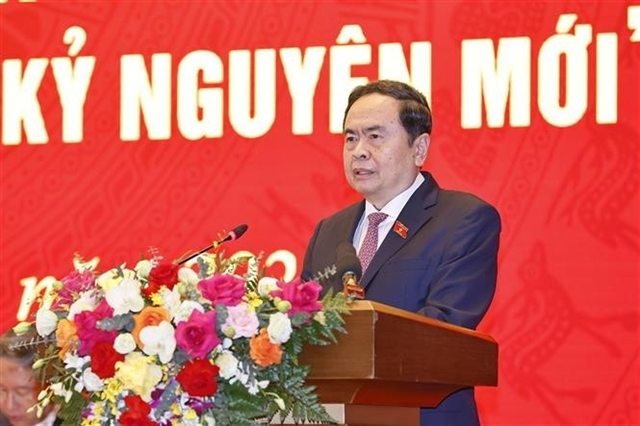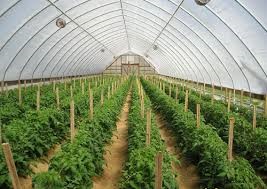 Economy
Economy

The State Bank of Việt Nam (SBV) will issue regulations on guiding commercial banks to implement a VNĐ100 trillion (US$4.4 billion) credit package with preferential interest rates for high-tech agriculture projects.
 |
| Regulations on guiding commercial banks to implement a VNĐ100 trillion (US$4.4 billion) credit package with preferential interest rates for high-tech agriculture projects will be issued in April.- Photo tiepthithegioi.vn |
HÀ NỘI — The State Bank of Việt Nam (SBV) will issue regulations on guiding commercial banks to implement a VNĐ100 trillion (US$4.4 billion) credit package with preferential interest rates for high-tech agriculture projects.
The regulations will be issued in April.
According to the SBV, interest rates of the loans will be some 0.5-1.5 per cent per year lower than the current average lending rates.
Currently, lending interest rate for short-term loans averages at 6-9 per cent per year and 9-11 per cent for medium- and long-term loans.
Besides operating in the high-tech and clean agriculture industry, qualified projects must have feasible, effective plans and meet existing legal regulations, according to the central bank.
Following the Prime Minister’s instruction on supporting high-tech agriculture development late last year, SBV has instructed banks to apply preferential loans to high-tech and clean agricultural projects.
Commercial banks have so far responded positively to high-tech agriculture projects.
Tiết Văn Thành, chairman of Agribank, said his bank has introduced a VNĐ50 trillion credit package for high-tech agriculture projects, of which VNĐ400 billion was disbursed to 14 borrowers with interest rate 0.5-1.5 per cent lower than the current average lending rates.
Vietcombank, meanwhile, recently implemented a VNĐ500 billion credit package for a clean egg production project.
The Bank for Investment and Development of Việt Nam has also pledged to provide a preferential credit package worth VNĐ10 trillion for high-tech agriculture.
SBV deputy governor Nguyễn Đồng Tiến noted that capital inflow towards high-tech, clean and green projects is a global trend. The lending, therefore, is not only a response to the Government’s policy, but must also be considered a new direction for agricultural credit of the bank. Henceforth, banks should actively pursue firms and farmers to implement loans without expecting to receive preferential support from the State.
According to industry insiders, initial implementation of lending for high-tech agriculture projects has faced some challenges, including hindrance in mortgaging assets.
To deal with the issue, the Government has instructed the ministries of justice and natural resources and environment to streamline legal documents to obtain a licence of ownership certificate for assets on hi-tech production agricultural land, such as greenhouses, which are used as mortgaged assets for loans by banks.
However, the Government noted that the implementation of high-tech agriculture projects must be considered carefully from production to consumption to ensure effectiveness.
According to SBV’s statistics, the country’s total outstanding loans last year rose 14.93 per cent against the previous year to more than VNĐ5.35 quadrillion, of which agriculture, forestry and fishery industries reported a rise of some 16 per cent.
In Việt Nam, 70 per cent of the population works as farmers, but agricultural production contributes only 20 per cent to GDP. In developed nations, only 2-4 per cent of the population work as farmers, but they contribute up to 40 per cent of GDP.
Only 4,000 enterprises out of 600,000 companies in the country invest in agriculture. — VNS




